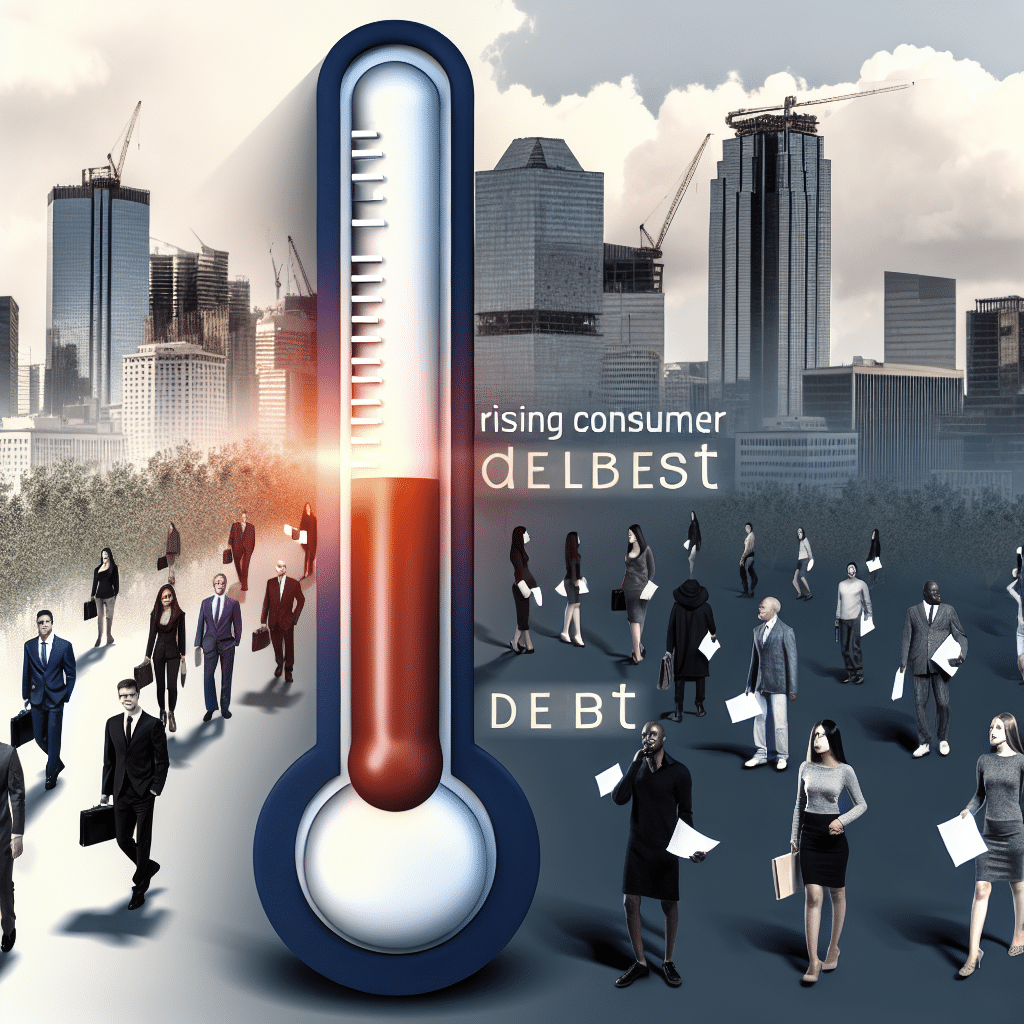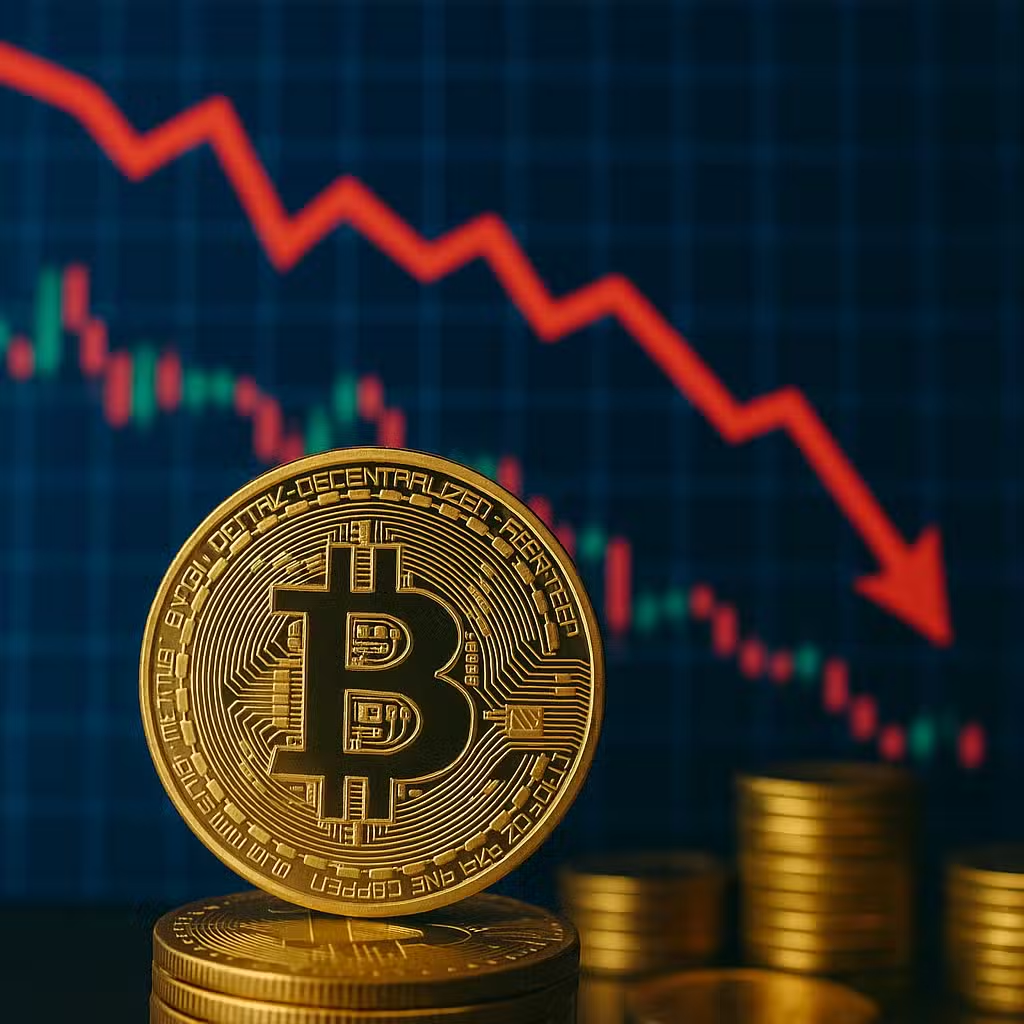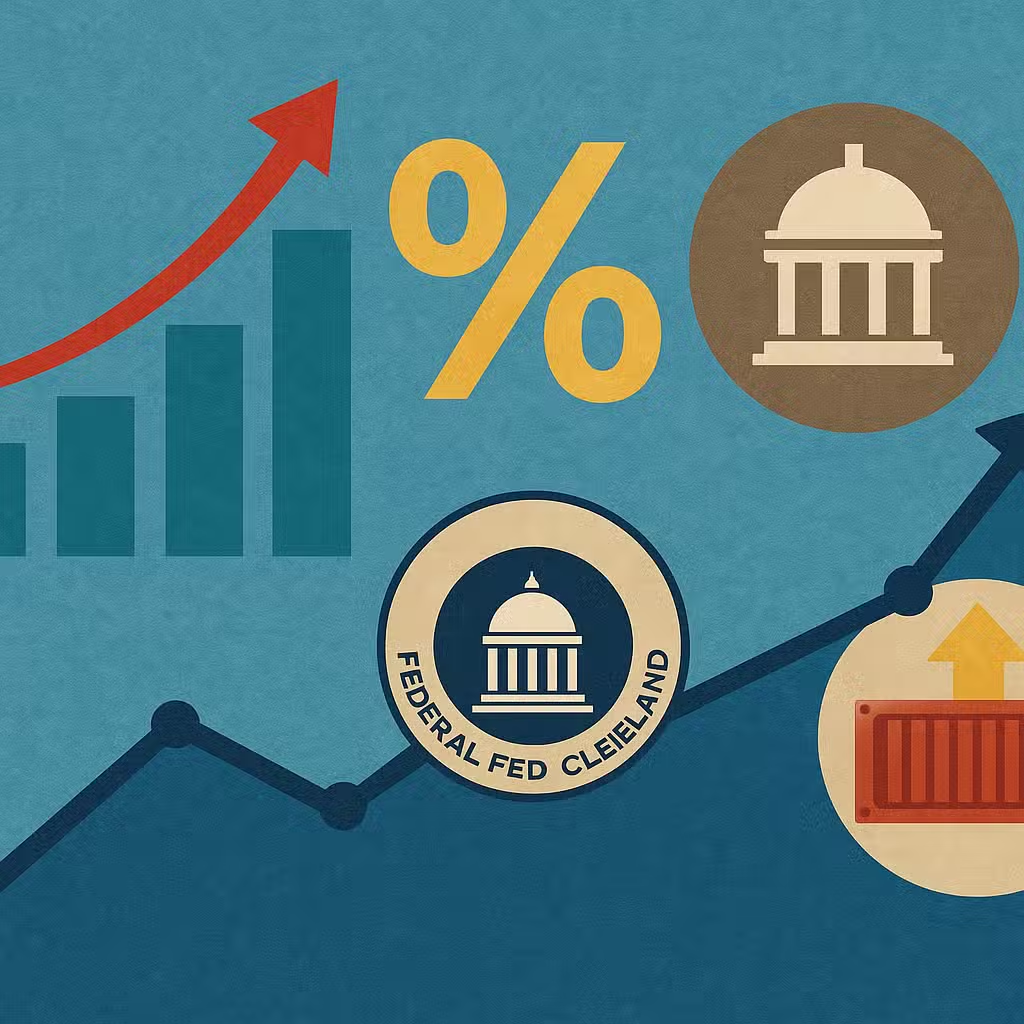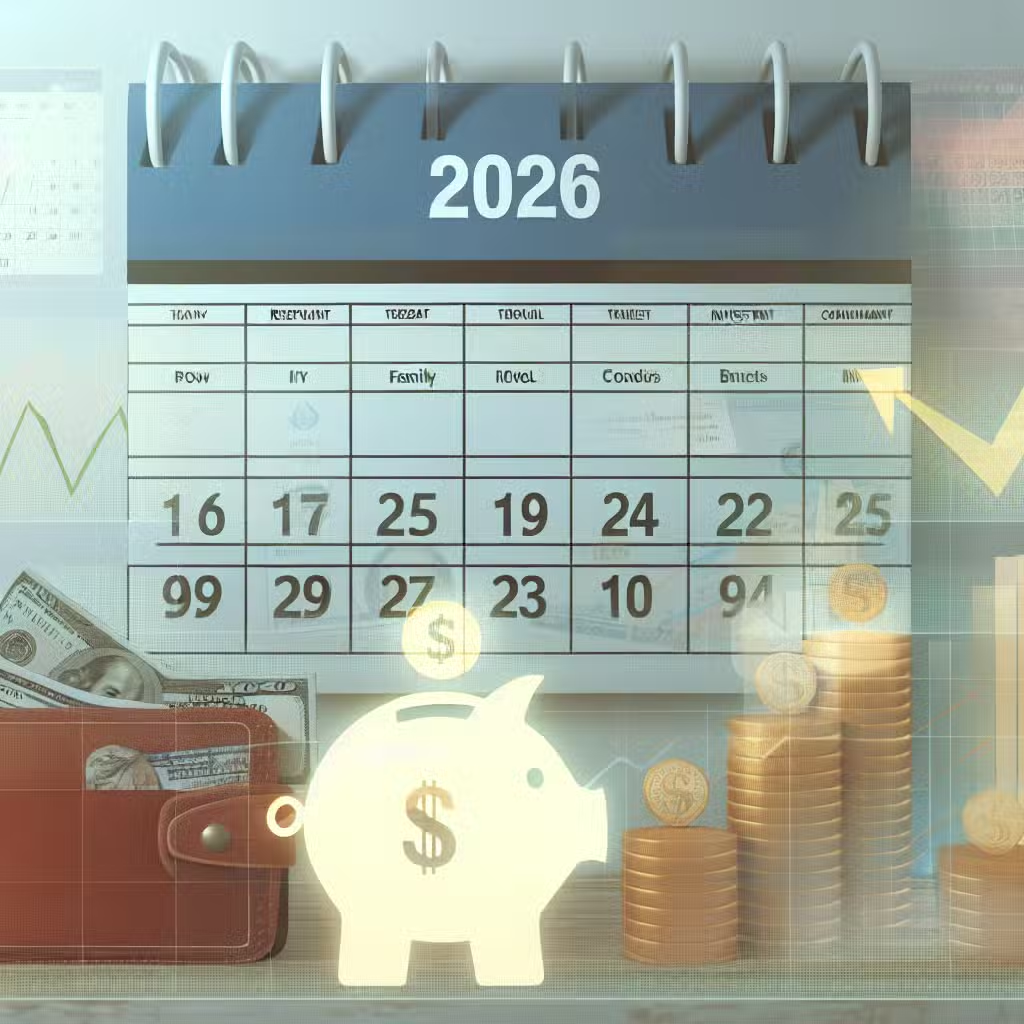Rising Consumer Debt Highlights Growing Economic Divide, Signaling Caution for Investors
Think of America’s debt like a big backpack. Some people are adding more weight to their packs, while others are finding ways to lighten the load. If this backpack gets too heavy, it can slow everyone down, especially investors looking for strong returns.
Why Investors Should Care
When Americans owe more money, it can affect the whole economy. Companies may sell less if people are struggling to pay bills. Banks could see more missed payments. All of this matters to your portfolio, whether you invest in stocks, bonds, or funds.
The Latest Debt Numbers
- Credit card debt hit a record $1.23 trillion in the third quarter, up nearly 6% from last year, according to the Federal Reserve Bank of New York.
- The average credit card balance per person is now $6,523, says TransUnion.
- About 60% of credit card users carry debt month to month, paying interest rates around 20%—one of the most expensive ways to borrow.
Bulls: Why Some See Opportunity
- Many Americans are still paying off their cards every month—showing they’re in good financial shape.
- People with “superprime” credit (scores 780+) are growing. This group is less likely to miss payments and can keep spending, which helps the economy.
- The top 10% of Americans own over 87% of stocks and mutual funds, according to Federal Reserve data. Their wealth has grown as the market rises, supporting spending on big-ticket items.
Bears: Why Others Are Worried
- Debt is rising fastest among those already struggling. About 38% of people say it’s hard to pay bills on time, and 67% blame not earning enough money (Achieve survey).
- High interest rates and stubborn inflation mean many are borrowing just to get by, not to invest or grow.
- Government shutdowns and cuts to programs like SNAP (food stamps) add more pressure on low-income families.
- More people now have “subprime” credit (scores under 600), making it harder for them to get loans or refinance at good rates.
Historical Context and What’s Different Now
Back in 2008, rising debt and missed payments helped spark the financial crisis. Today, banks say most borrowers are still paying their bills, and the job market is stronger. But the gap between the “haves” and “have-nots” is growing wider, much like a “K-shaped” recovery—where some people do much better than others.
A recent Pew Research study found that most Americans feel their finances are worse than a year ago, especially those with lower incomes. This creates risks for consumer stocks, banks, and even real estate.
Investor Takeaway
- Watch consumer stocks and banks: Companies that rely on shoppers or lending could be hit if more people fall behind on bills.
- Diversify your portfolio: Spread your risk across different sectors and asset types, since debt stress can ripple through the market.
- Look for companies serving “superprime” customers: Businesses focused on wealthier or financially stable clients may hold up better.
- Keep an eye on government policy: Changes to interest rates, aid programs, or shutdowns can quickly change the picture for debt and spending.
- Stay alert for warning signs: Rising missed payments or sudden drops in consumer confidence could signal trouble ahead.
For the full original report, see CNBC







